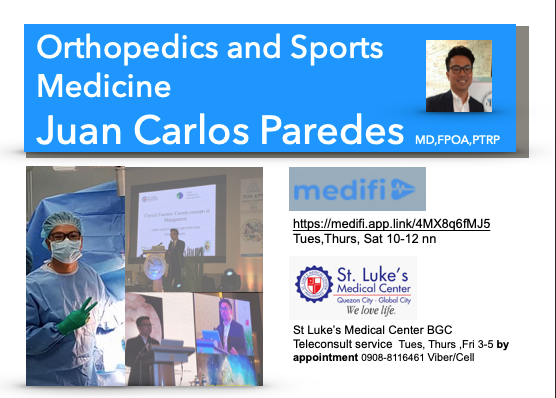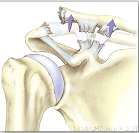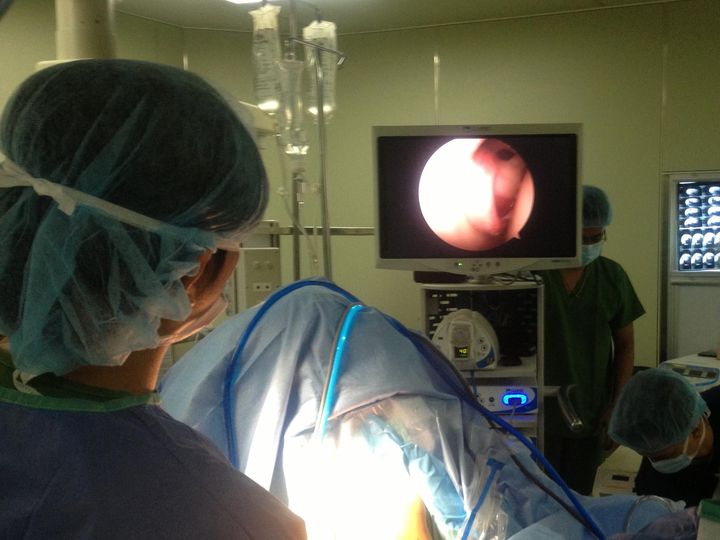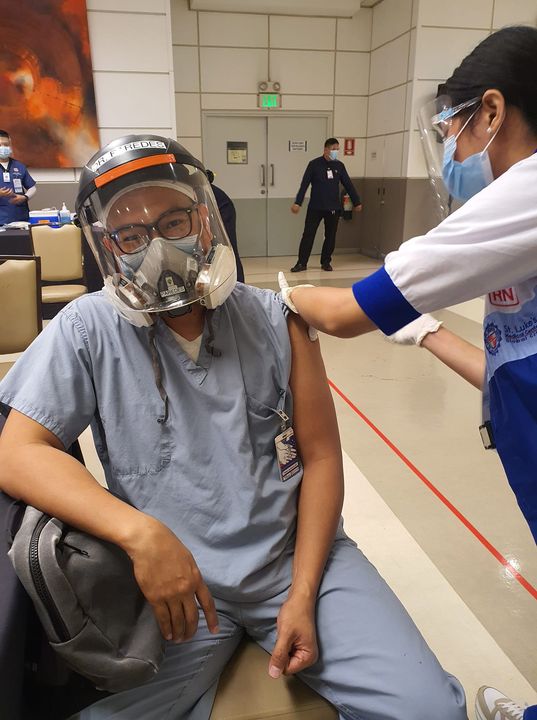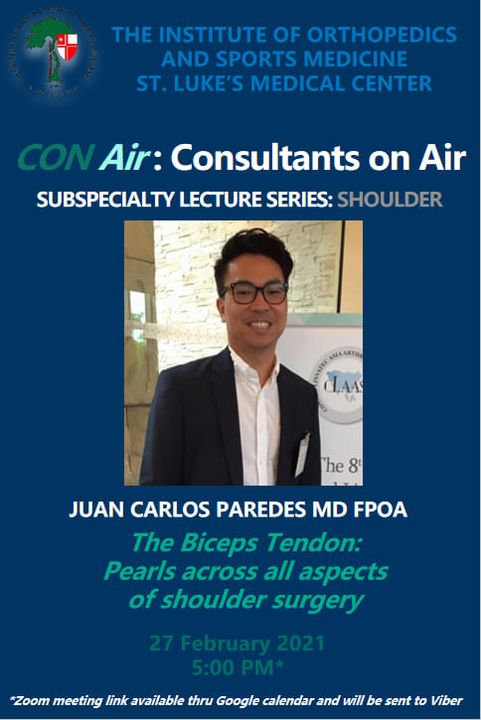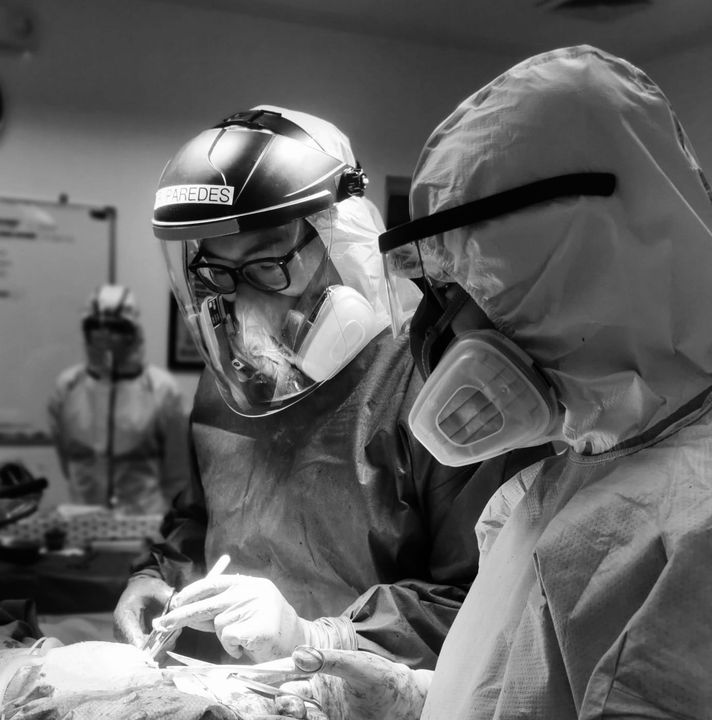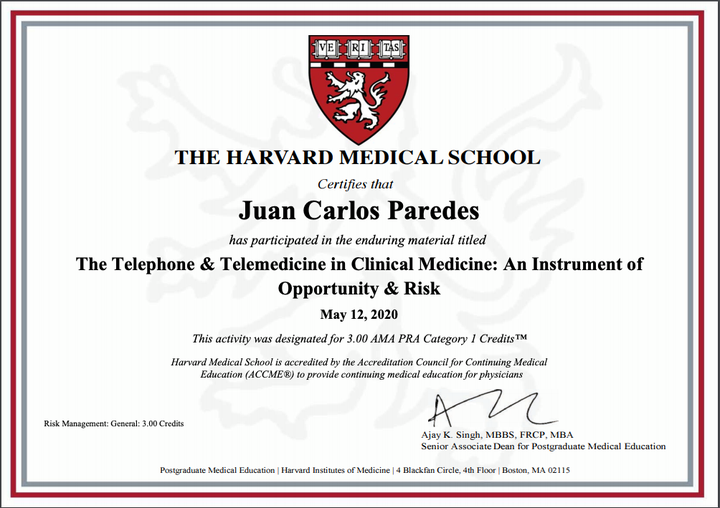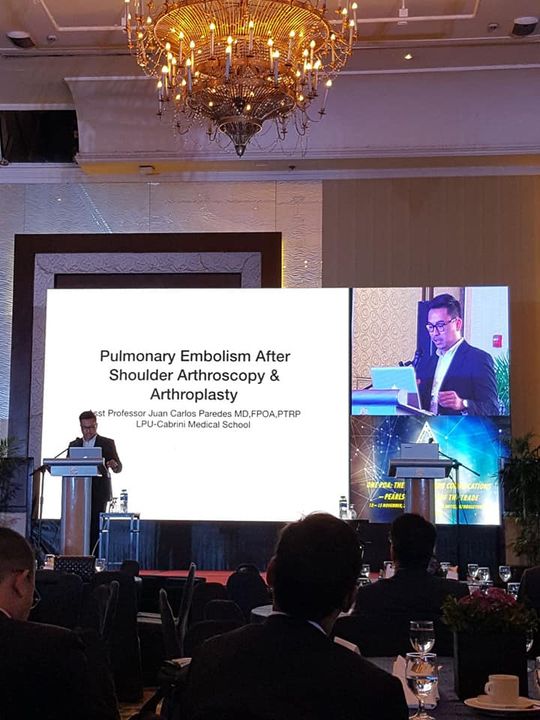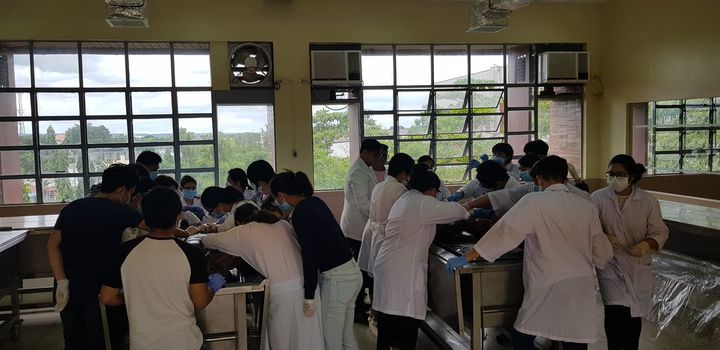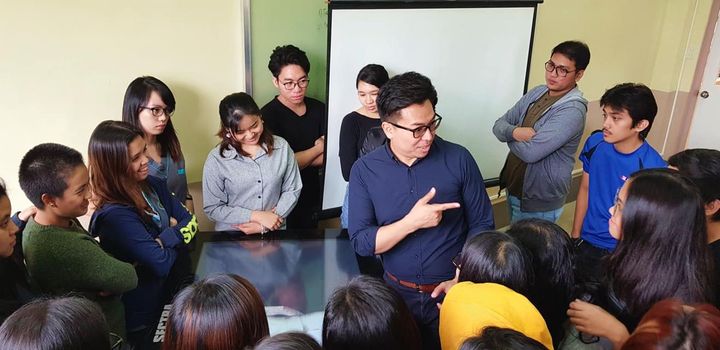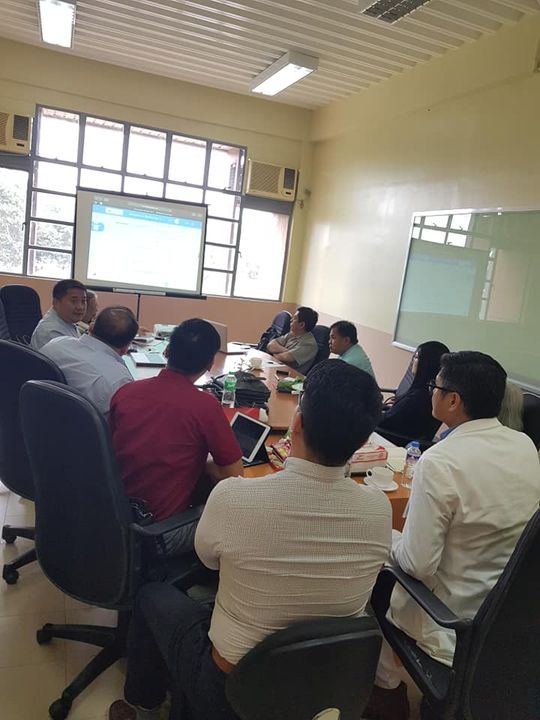A rotator cuff tear is a common cause of pain and disability among adults. A torn rotator cuff can weaken your shoulder and makes many daily activities, like combing your hair or getting dressed, painful and difficult to do.
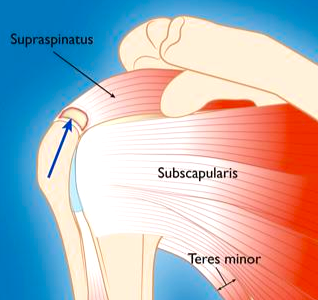
Cause
There are two main causes of rotator cuff tears: injury and degeneration.
Acute Tear - Falling down on your outstretched arm or lift something too heavy with a jerking motion, can tear the rotator cuff. This type of tear can occur with other shoulder injuries, such as a broken collarbone or dislocated shoulder.
Degenerative Tear - Most tears are due to a worn out tendon that happens slowly over time, as we age. Rotator cuff tears are more common in the dominant arm. If you have a degenerative tear in one shoulder, there is a greater likelihood of a rotator cuff tear in the opposite shoulder -- even if you have no pain in that shoulder.
Symptoms
The most common symptoms of a rotator cuff tear include:
Pain at rest and at night, particularly if lying on the affected shoulder
Pain when lifting and lowering your arm or with specific movements
Weakness when lifting or rotating your arm
Crepitus or crackling sensation when moving your shoulder in certain positions
Tears that happen suddenly, such as from a fall, usually cause intense pain. There may be a snapping sensation and immediate weakness in your upper arm.
Diagnosis
A good patient history and physical examination is important in arriving a correct diagnosis. Your physician may request for an Magnetic Resonance Imaging (MRI) or Diagnostic Ultrasound of your shoulder in order to confirm your diagnosis.
Treatment
Treatment for cuff tear will depend on the severity and chronicity of the tear. Please book an appointment in order to have the best treatment available.
